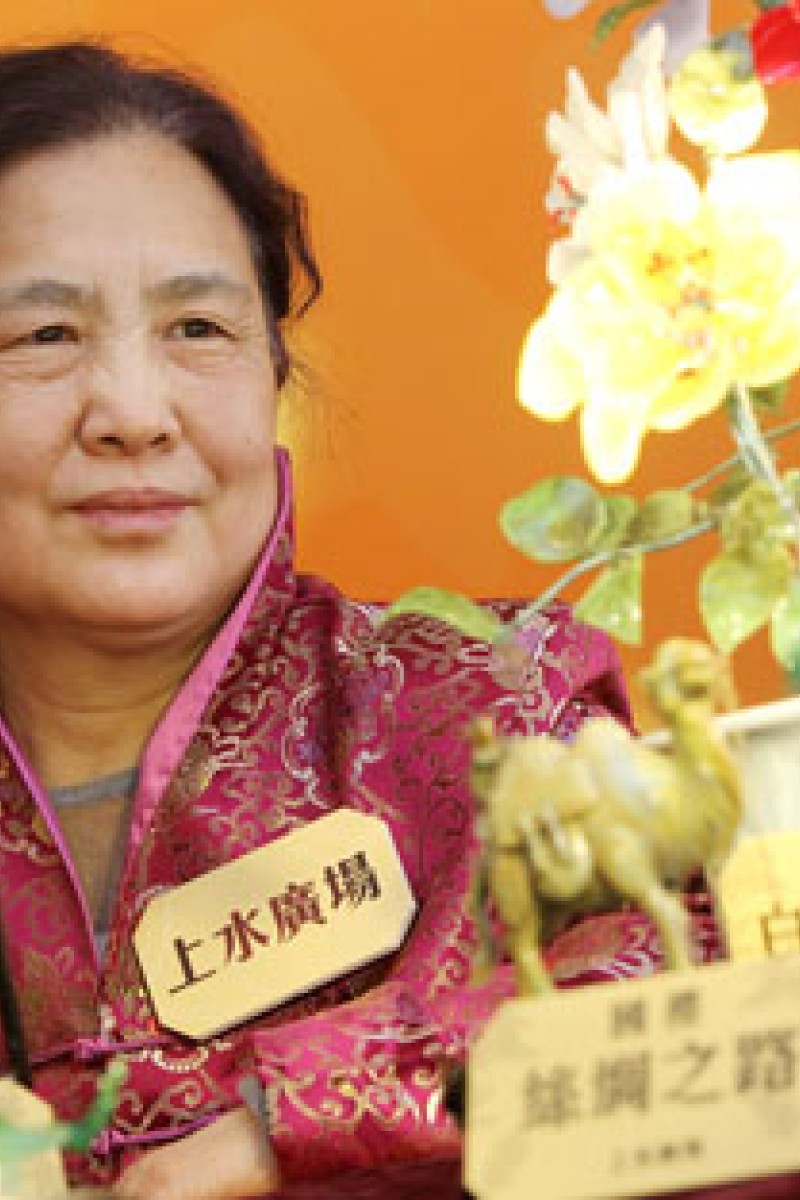
Dating back more than 2,000 years, the unique glassware is created by softening glass rods with a flame and twisting them into shape with a pair of tongs.
Liaoqi is the highest quality liuli. It decorates the homes of rich and royal families, and is seen as a symbol of wealth and power.
There are currently only three liaoqui artists on the mainland. Master Xing Lanxiang is one of them. She is the only one whose artwork is recognised by the Ministry of Culture as part of national intangible cultural heritage protection.
Xing became a liaoqi artist nearly 50 years ago. One of the brightest moments in her career was in 1970. She was asked to create a vase of liaoqi magnolia flowers to be presented to the late North Korean leader Kim Il-sung.
During the 1970s and 1980s liaoqi made its way onto the international stage as the mainland began to open its door to trade.
Xing says: "Liaoqi caught the eyes of the world with its glitter and attracted loads of orders from Europe and the United States. The Beijing Liaoqi factory where I worked was considered the number one liaoqi maker in the world. We employed more than 4,000 artists and workers to handle rising demands from around the world. Those were glorious days."
But in the early 1990s, things took a turn for the worse as low priced and low quality liaoqi products made by less skilled craftsmen dominated the market.
"It was devastating to our factory," Xing says. "Our products were the best, but the market decided to go for cheaper and lower quality products. Many craftsmen in the Beijing factory lost their jobs, and I had to go and work for a company from the US."
Xing's outstanding skill earned her respect and the title of art director at the company. But Xing felt she wasn't being true to her craft.
"I created liaoqi candle holders for the American company and I was able to work on my beloved art, but it wasn't the same," Xing says. "I felt I was more of an employee than an artist trying to promote traditional Chinese culture,"
In 2003, the central government started to pay more attention to intangible cultural heritage and Xing's artwork was reborn. "The government opened the Beijing Baigongfang workshop in 2003 to preserve traditional arts and crafts. I was honoured to join the workshop and develop the art of liaoqi with the government's support," she says.
Xing has won several awards, such as the Beijing Handicraft and Art gold award and the Beijing Gift gold award, but she says nothing compares to the joy of working on her favourite handicraft for her country.
It can be difficult to preserve traditional handicrafts in today's society, but Xing has nothing to worry about: her two sons decided to follow in their mother's footsteps and become liaoqi artists.
At age 66, Xing still creates liaoqi and has no plans to retire.
"I love it. My eyesight is not as sharp and my hands are not as steady, but I can still do it, she says.
"If one day my body tells me to stop, I would play more of a supervising role, but I will never abandon the art."
Some of Xing's superb artw ork are on display at Landmark North in Sheung Shui from Saturday until February 17.
